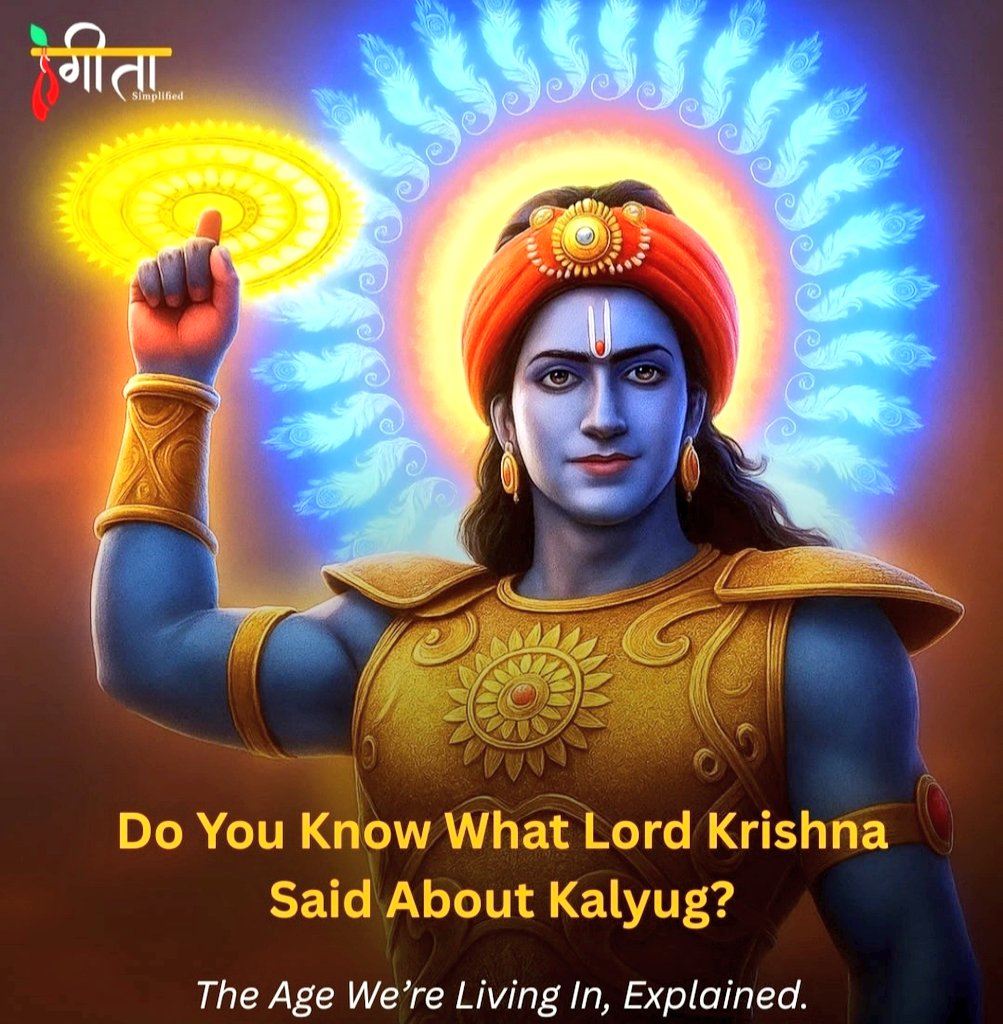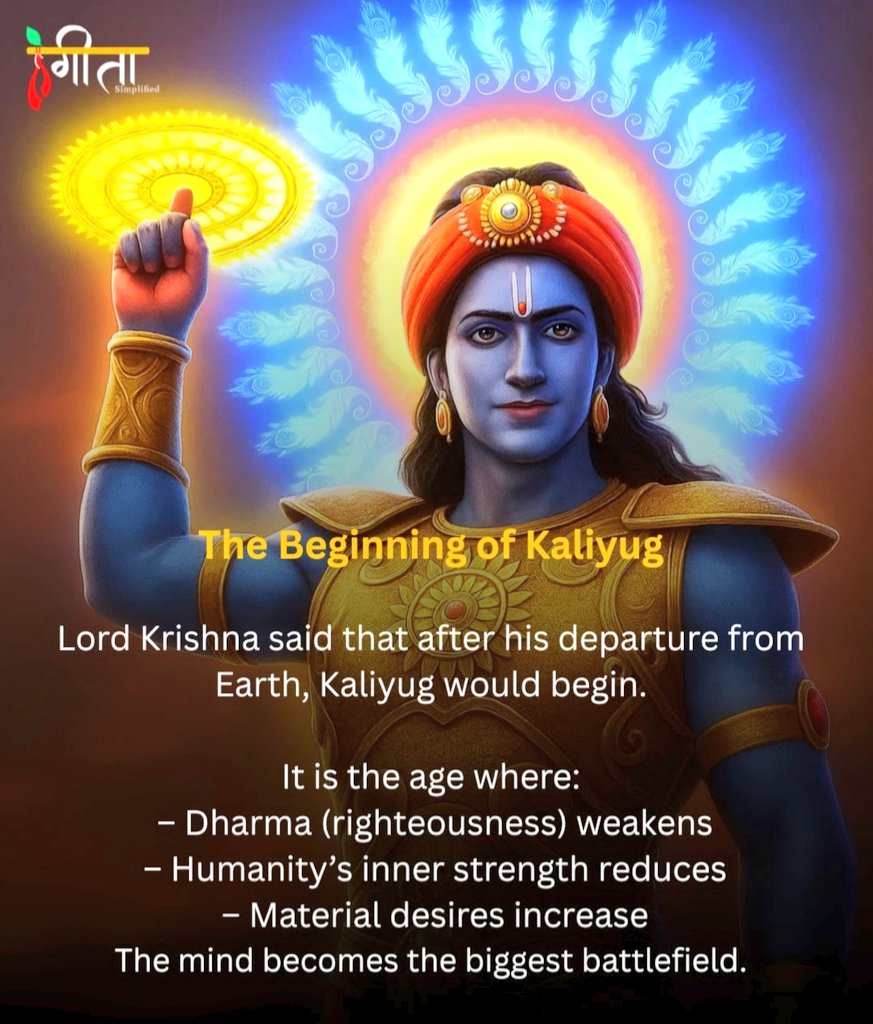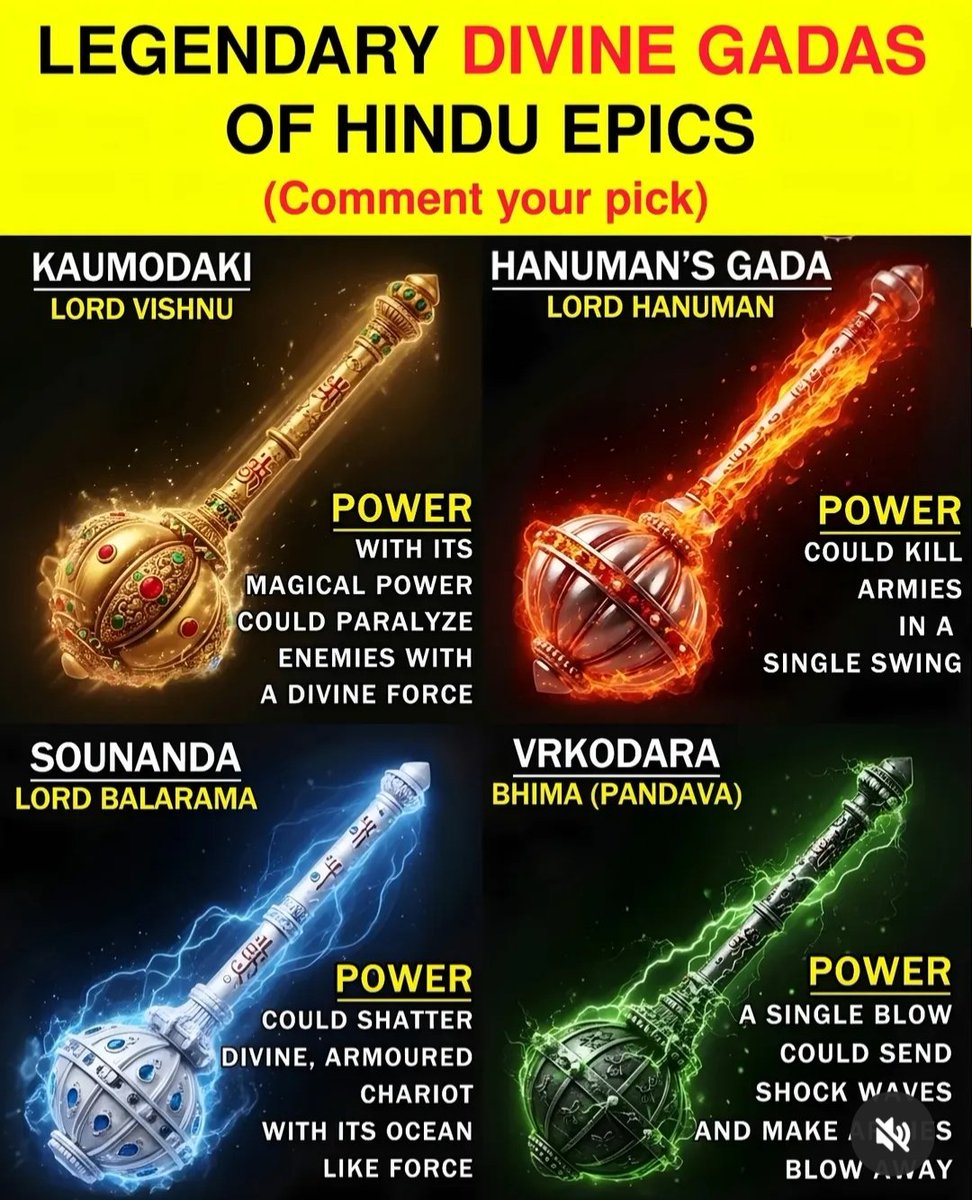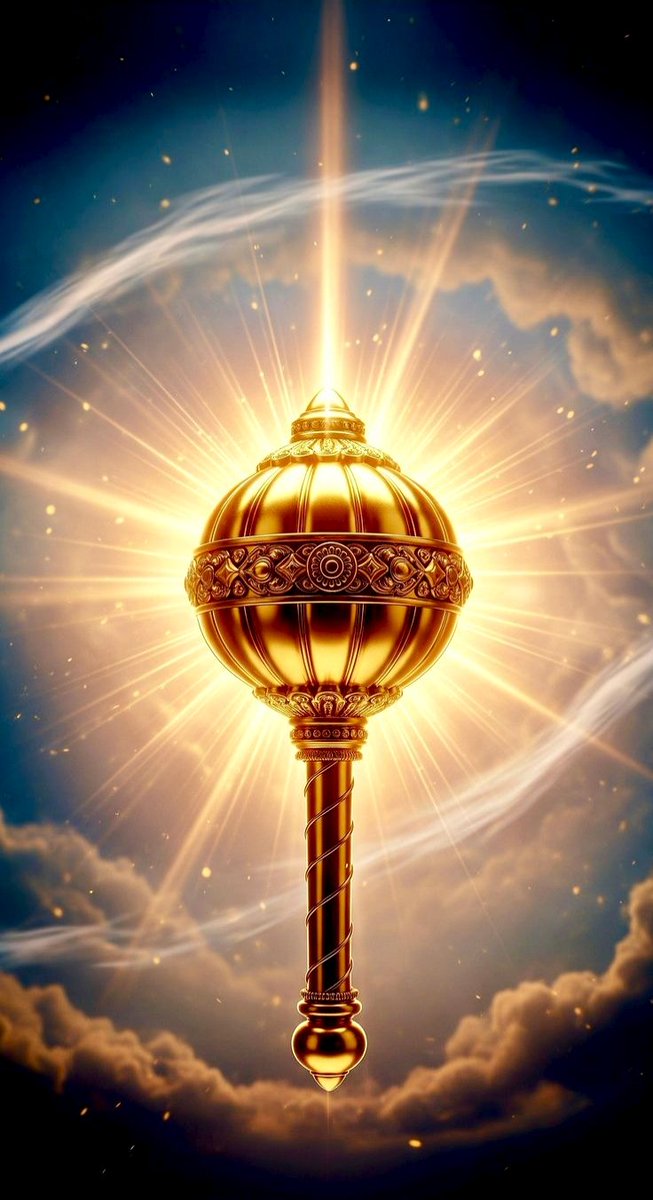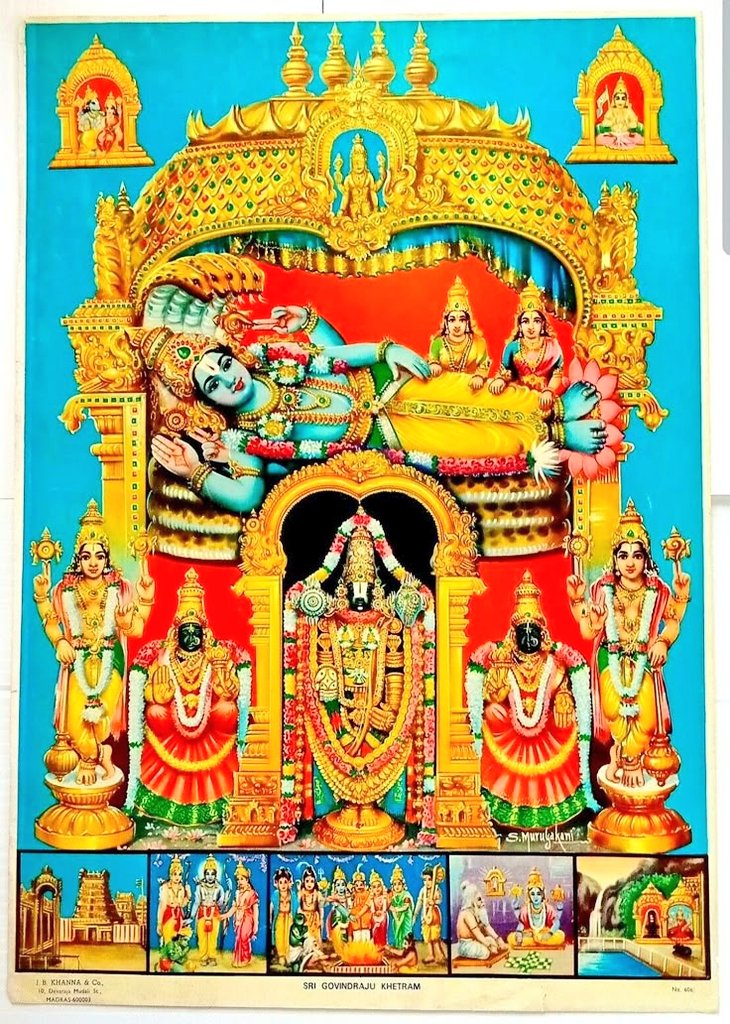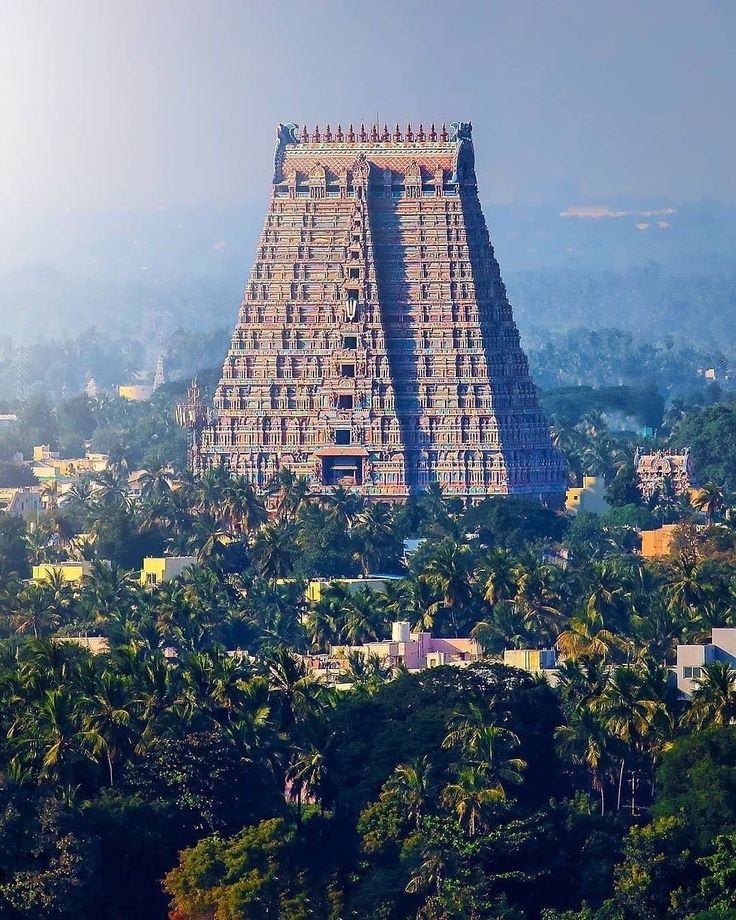🌺KALAMKARI : A TRADITIONAL INDIAN ART FORM🌺
From 17th century temples in Andhra Pradesh to stretched canvases in modern homes, Kalamkari is a time-honored and widely beloved form of traditional Indian art.

From 17th century temples in Andhra Pradesh to stretched canvases in modern homes, Kalamkari is a time-honored and widely beloved form of traditional Indian art.


Deriving its name from the word ‘kalam,’ which means pen, ‘Kalamkari’ refers to a particular, intricate style of hand-painting onto cloth and is noted for its beautiful earthy tones.There are are two types of Kalamkari paintings, Srikalahasti and Machilipatnam. 



Having a strong connection to Persian motifs,this art has been in practice for more than 3000 yrs.Kalamkari derives its name from kalam or pen and it means ‘drawings with a pen’. This organic art of hand and block printing has survived generations in Andhra Pradesh. 

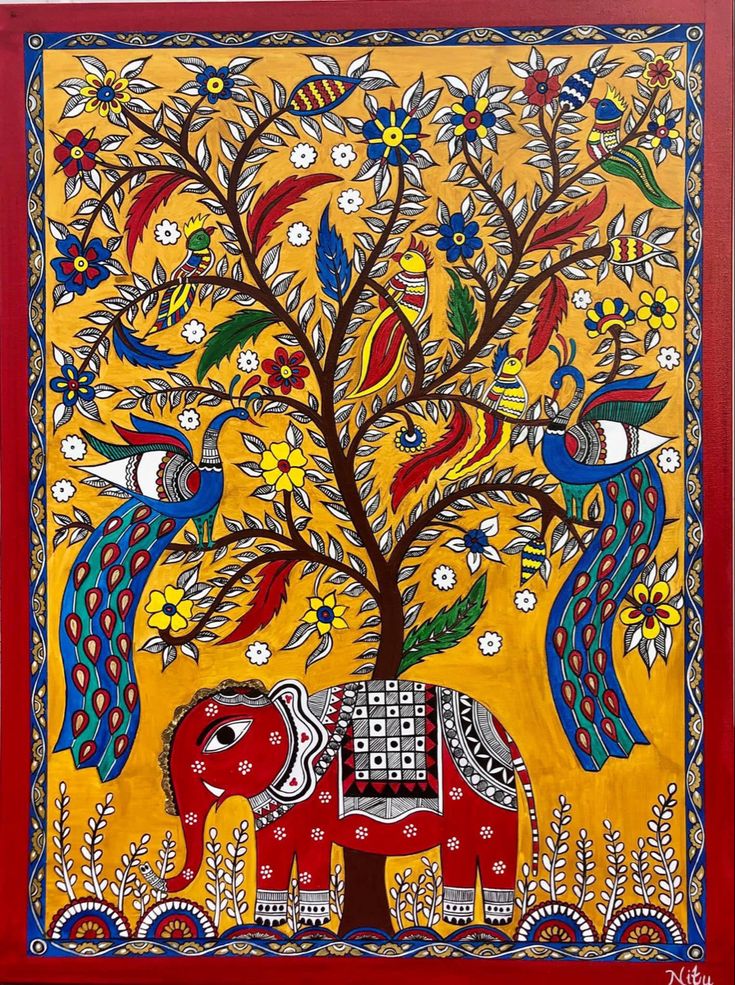

Although even art historians do not know exactly when Kalamkari began, it originated in the modern-day states of Andhra Pradesh and Telangana. Kalamkari was first used to portray scenes from sacred texts such as the Mahabharata, Ramayana and Bhagavatam. 



These paintings were often used as decorative backdrops in temples, depicting the stories of deities. Today, these subjects are still common in Kalamkari, as well as other spiritual and ancient symbols. 



The Tree of Life is one especially popular Kalamkari motif, deeply rooted while growing towards the sky—it connects the heavens, earth and underworld. It is also a symbol of nourishment, with many animals feeding on its leaves, living in its branches and enjoying its shade. 



Kalamkari art involves earthy colours like green, rust, indigo, mustard and black. Today this art is used in ethnic clothing, and depicts anything from fauna and flora to epics such as Mahabharata or Ramayana. 



• • •
Missing some Tweet in this thread? You can try to
force a refresh


